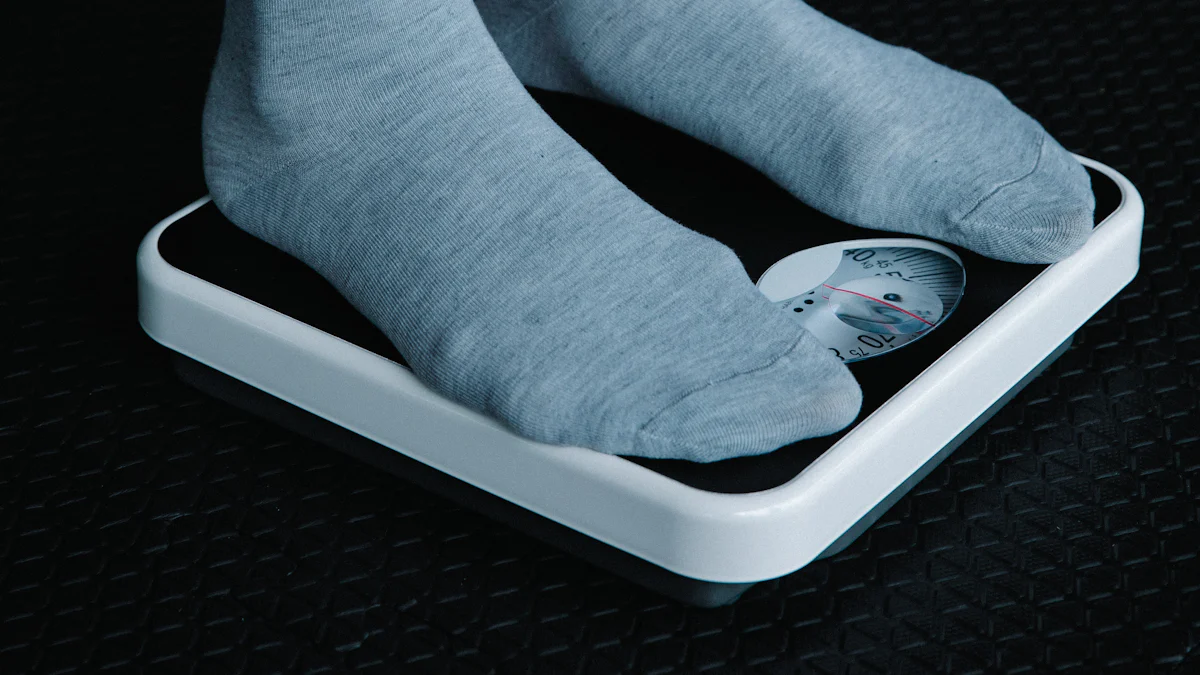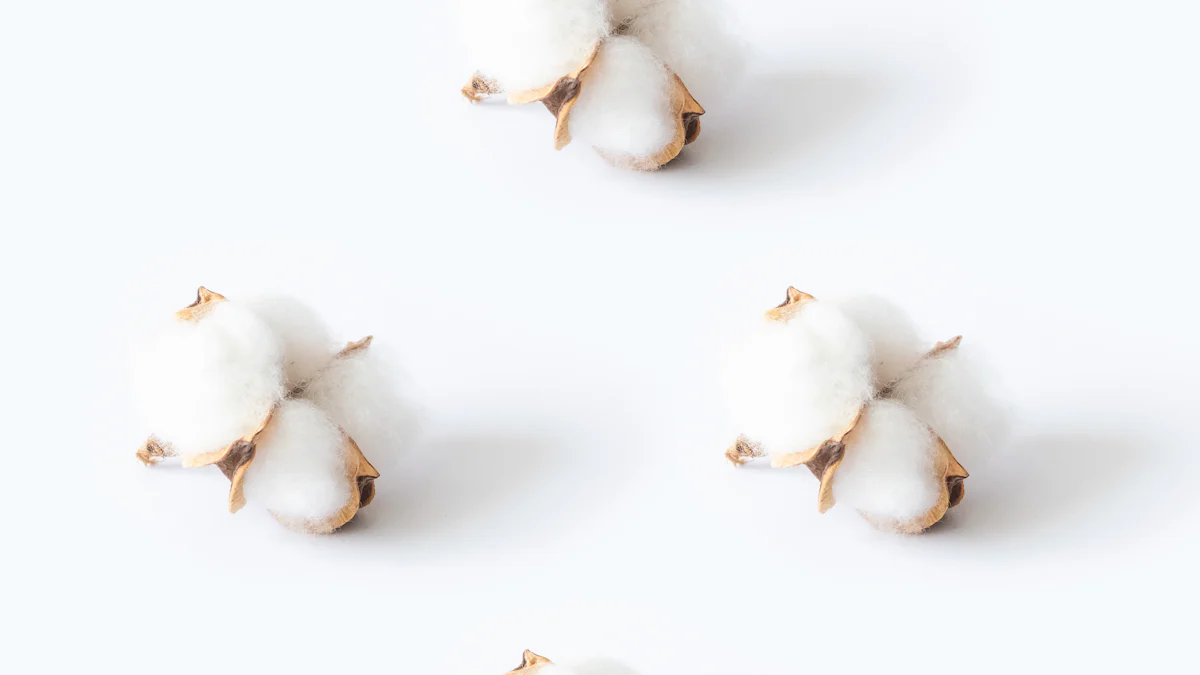
Diabetic socks play a vital role in foot care for individuals with diabetes. These specialized socks help prevent foot complications, such as ulcers and blisters, which can lead to severe conditions. Choosing the right pair of cotton diabetic socks is crucial. Proper socks enhance circulation, keep feet dry, and reduce the risk of injury. Foot health remains essential for diabetics to avoid serious issues like amputations.
Key Features to Look for in Diabetic Socks
Seamless Construction
Importance of Seamless Design
Seamless construction in diabetic socks prevents friction against the skin. Friction can lead to blisters and ulcers, which pose significant risks for individuals with diabetes. Seamless socks minimize irritation and provide a smooth surface that enhances comfort.
How to Identify Seamless Socks
Identifying seamless socks involves checking the interior for raised seams. Seamless socks have a smooth interior without noticeable stitching. Brands like Dr. Segal’s Diabetes Socks offer seamless technology designed to improve blood circulation and reduce swelling.
Moisture-Wicking Properties
Benefits of Moisture-Wicking
Moisture-wicking properties keep feet dry by drawing sweat away from the skin. Dry feet reduce the risk of fungal infections and skin irritations. Moisture-wicking socks enhance overall foot health and comfort.
Materials That Wick Moisture
Materials that wick moisture include cotton blends, bamboo, and wool. These materials provide breathability and help maintain a comfortable temperature. Diabetic socks often combine these fibers to optimize moisture control.
Non-Binding Tops
Why Non-Binding Tops Matter
Non-binding tops prevent circulation restriction and avoid creating pressure points. This feature is crucial for individuals with diabetes who need to maintain proper blood flow in their feet. Non-binding tops ensure that socks stay in place without causing discomfort.
Identifying Non-Binding Socks
Identifying non-binding socks involves looking for socks without tight elastic bands at the top. These socks should fit snugly without squeezing the leg. Many diabetic socks, such as those with padded soles and no top elastic, provide this essential feature.
Benefits of Cotton and Other Natural Fibers

Advantages of Cotton
Breathability
Cotton diabetic socks offer excellent breathability. The natural fibers allow air to circulate, keeping feet cool and dry. This feature helps prevent overheating and reduces the risk of fungal infections. Breathable socks enhance overall foot health.
Softness and Comfort
Cotton diabetic socks provide unmatched softness and comfort. The natural fibers feel gentle against the skin, reducing irritation. Soft socks help prevent blisters and other skin issues. Comfort plays a crucial role in maintaining foot health for individuals with diabetes.
Comparison with Synthetic Blends
Pros and Cons of Synthetic Materials
Synthetic materials have both advantages and disadvantages. Cotton diabetic socks excel in breathability and comfort. Synthetic blends often provide better moisture-wicking properties. However, synthetic materials may cause irritation for sensitive skin.
Pros of Synthetic Materials:
- Superior moisture-wicking
- Durability
- Quick-drying
Cons of Synthetic Materials:
- Potential skin irritation
- Less breathability
- Reduced softness
When to Choose Synthetic Blends
Choosing synthetic blends depends on specific needs. Cotton diabetic socks work well for everyday comfort and breathability. Synthetic blends suit situations requiring enhanced moisture control. For example, during physical activities or in hot climates, synthetic blends may offer better performance.
Importance of Proper Fit and Sizing
How to Measure for the Right Size
Measuring Foot Length and Width
Accurate measurements ensure a proper fit for diabetic socks. Use a ruler or measuring tape to measure foot length from heel to toe. Measure foot width at the widest part, typically near the ball of the foot. Record both measurements for reference when selecting socks.
Tips for Ensuring a Good Fit
A good fit enhances comfort and reduces the risk of foot issues. Choose socks that match recorded measurements. Check the size chart provided by the sock manufacturer. Ensure the socks fit snugly without being too tight. Avoid socks that bunch up or leave marks on the skin.
Common Fit Issues and Solutions
Dealing with Tight Socks
Tight socks can restrict circulation and cause discomfort. Select a larger size if socks feel too tight. Look for socks labeled as non-binding or designed for wider feet. Consider socks made from stretchy materials that accommodate foot swelling.
Addressing Loose Socks
Loose socks can cause friction and lead to blisters. Choose a smaller size if socks feel too loose. Ensure the socks have a snug fit around the foot and ankle. Look for socks with added elastic support to keep them in place.
Choosing the best cotton diabetic socks involves understanding key features. Seamless construction, moisture-wicking properties, and non-binding tops enhance comfort and foot health. Cotton offers breathability and softness, making it an excellent choice for diabetic socks.

